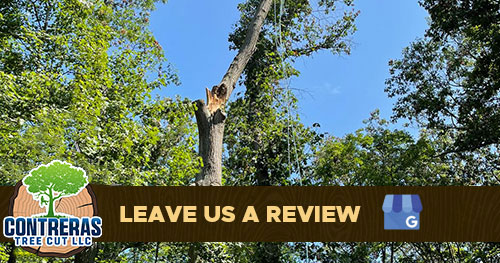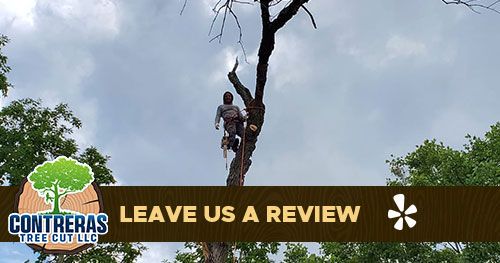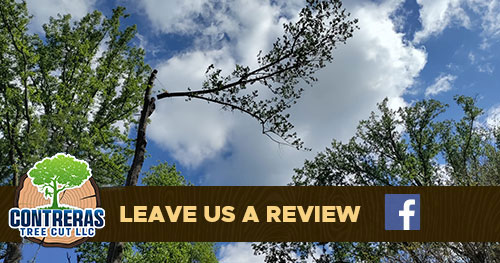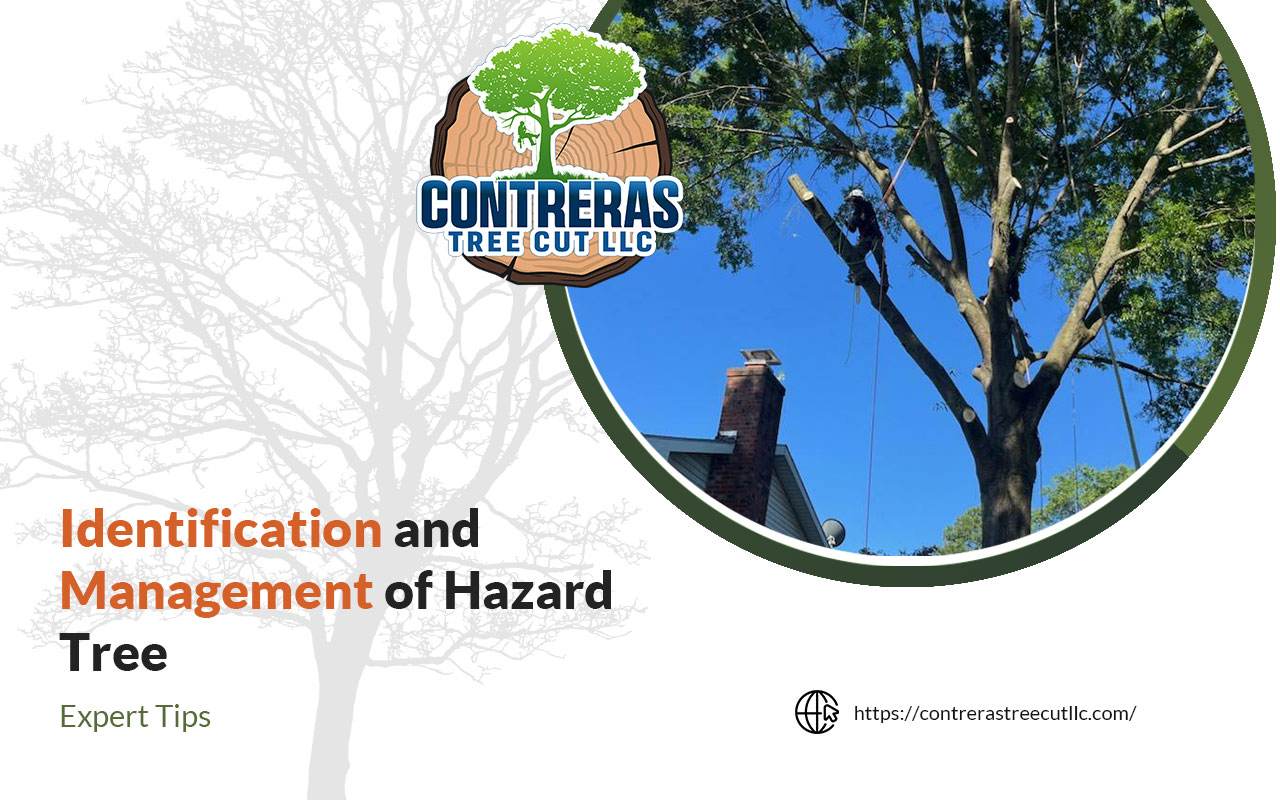
Identifying and managing a hazard tree is crucial for ensuring safety in our surroundings. Falling trees and branches during storms can cause significant damage to property and pose serious safety risks. Beyond immediate dangers, unmanaged trees can disrupt communities and strain resources. Proactive hazard tree management not only prevents costly damage but also supports a safer and healthier environment for everyone.
In this guide, we’ll explore expert strategies to protect your property and ensure long-term safety.
Essential Guide to Hazard Tree Assessment and Mitigation
Understanding Hazard Trees
Structural weaknesses in trees can develop due to factors like age, overcrowding, and poor soil conditions. As trees age, they may lose their ability to heal from damage, making them more vulnerable to internal decay.
Additionally, certain tree species are more prone to becoming hazardous due to their growth patterns or susceptibility to diseases. For example, fast-growing trees often have weaker wood, increasing their risk of failure. Understanding these factors is key to identifying at-risk trees in your yard.
Signs of a Hazard Tree
A hazard tree often shows multiple warning signs that should not be ignored. Here’s a quick checklist:
- Fungus Growth: Mushrooms at the base or on the trunk may indicate internal decay.
- Cracks in the Trunk: Splits can weaken the tree’s structure, making it prone to collapse.
- Hollow Sounds: Tapping the trunk and hearing a hollow sound suggests internal rot.
- Leaning: A noticeable lean, especially with exposed roots, indicates instability.
- Discolored Leaves: Premature leaf loss or discoloration often signals root or trunk issues. Subtle changes, like smaller-than-usual leaves or thinning foliage, can also point to underlying problems. Regular observation helps catch these early signs before they worsen.
Common Myths About Hazard Trees
Not all leaning trees are hazardous, but a noticeable tilt combined with exposed roots may indicate instability. It’s also a common misconception that trees with thick trunks are always safe. In reality, even large trees can suffer internal decay, making them prone to sudden collapse.
Another myth is that young trees don’t need maintenance. Neglecting early care can lead to long-term problems, like poor root development or unbalanced growth. By understanding these misconceptions, homeowners can make better decisions about managing their trees.
Preventive Measures
Homeowners can perform simple DIY inspections to catch potential hazards early. Start by examining the tree roots for signs of disturbance, like soil erosion or exposed roots. Next, inspect the canopy for dead or hanging branches that could fall. Checking for cracks or holes in the trunk is also essential.
To make inspections easier, consider using tools like binoculars for high branches or mobile apps that help identify potential issues. Local arborist services can provide professional assessments to ensure you don’t miss hidden risks. Regular inspections and early action can save you time, money, and stress.
When to Call the Professionals
If you spot possible risks, hiring expert tree care services is essential. Their expertise and equipment ensure that any risk is managed safely and effectively, minimizing danger to you and your property.
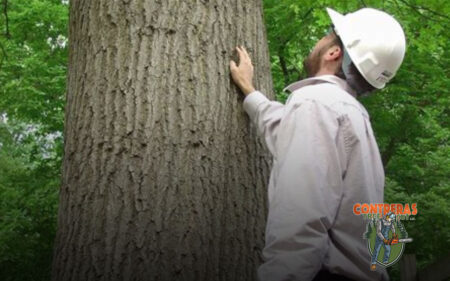
The Role of Weather in Hazard Trees
Severe weather events, including strong winds, heavy rainfall, and snow accumulation, can exacerbate the vulnerabilities of already at-risk trees. Post-storm assessments are vital to identify and address any new dangers.
Legal Considerations
Ownership of a hazard tree carries legal obligations, particularly preventing damage to other’s property or persons. Proactive risk management is not only a matter of safety but also of legal responsibility.
Future-Proofing Your Trees
Selecting the right species for your environment and ensuring proper planting and care can significantly reduce the likelihood of trees becoming hazards in the future. Thoughtful planning and implementation of tree care strategies can safeguard against potential issues.
The Cost of Neglect
Ignoring the risks posed by hazard trees can result in significant financial, physical, and emotional costs. Consequently, the stakes are high, from property damage to personal injury or legal repercussions. Regular tree care is an investment in safety and peace of mind.
How Hazard Trees Impact Property Value
The presence of hazard trees can significantly lower property value, making it harder to sell your home. Potential buyers may view these trees as safety risks or costly liabilities. Unchecked trees can damage nearby structures, block sunlight, or even pose legal concerns if they fall on neighboring properties.
Conversely, healthy, well-maintained trees boost curb appeal and contribute positively to property value. They provide shade, enhance landscaping, and create an inviting atmosphere. Investing in regular tree care not only ensures safety but also increases your home’s attractiveness to potential buyers.
Community Safety and Hazard Trees
Ensuring the safety of the community requires vigilance and cooperation. Moreover, hazardous trees can obstruct roadways or damage utility lines, posing widespread risks. Collective efforts in tree management can enhance safety for all residents.
Arborist Reports: Your First Step
Obtaining an arborist report is a proactive measure to identify and manage tree hazards. These detailed assessments provide a foundation for decision-making, outlining necessary actions to mitigate risks.
The Impact of Tree Diseases on Safety
Diseases can compromise tree health and structural stability, elevating the risk of failure. For that reason, early detection and appropriate treatment are essential in managing these threats and preserving tree health and safety.
Removing Hazard Trees: Last Resort
When risk mitigation is not feasible through other means, tree removal may be necessary. Professionals should always undertake this measure, ensuring the safety of all involved.
Investing in Tree Health: Long-Term Benefits
A commitment to tree health can yield significant benefits, from enhancing property value to preventing hazardous conditions. Healthy trees contribute positively to the environment and the aesthetics of your surroundings.
Working With Nature: The Best Approach
Adopting natural and sustainable practices in tree care supports long-term health and safety. Integrating these practices into your tree management strategy can lead to more resilient and less hazardous trees.
Partner with Us for Expert Hazard Tree Management
Our expertise makes all the difference when it comes to managing hazard trees. Our professional services ensure your safety and peace of mind. We specialize in identifying, managing, and mitigating the risks associated with hazard trees.
With our team on your side, you can rest assured that your trees are in the best hands. Ready to secure your property and loved ones? Contact us now for a safer, greener future.

